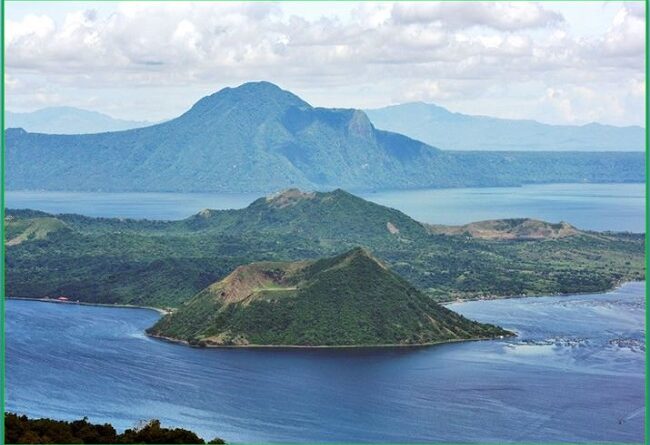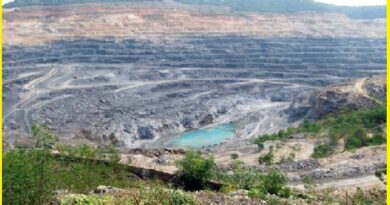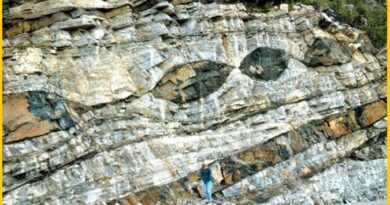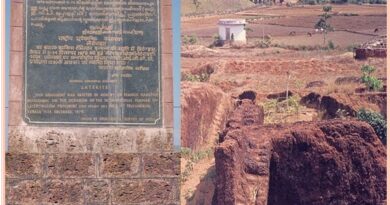Taal Volcano in the Luzon, Philippines has danger and beauty at the same time, take a look around the beautiful lake !

Breathtaking scenery at Taal Lake, on the Philippine island of Luzon, makes it one of the country’s most popular tourist sites. The entire volcano is far larger than this rocky outpost, it is a giant cauldron-shaped edifice known as a caldera. Much of the caldera is hidden by Lake Taal, and only a small portion of the volcano sits above the water.

The first eruption took place in 1572 and its biggest eruption was recorded in 1754 which lasted for seven months between May and December. These four Batangas towns were buried under ash, volcanic rocks, and water, while ash fall deposits were recorded to have reached 100 to 110 centimeters. The latest Taal Volcano eruption took place on, January 12, 2020. The ash fall affected not only Batangas but also its neighboring provinces and cities including Rizal and Metro Manila.
Also read- Mount Fuji from Tokyo; the triple junction point of tectonic activity and beauty of nature, take a look.
Taal volcano with its lake-filled 15×20 km wide caldera is a beautiful caldera volcano. It is also one of the most active and dangerous volcanoes in the Philippines. Taal has had some of the country’s deadliest eruptions, mostly from powerful pyroclastic flows, as well as tsunamis produced in the Crater Lake.

The Taal caldera is largely filled by Lake Taal, whose 267 sq km surface lies only 3 m above sea level. The maximum depth of the lake is 160 m and contains several eruptive centers submerged beneath the lake. The island is formed by overlapping stratovolcanoes, cinder cones, and tuff rings.
All volcanoes of the Philippines are part of the Pacific Ring of Fire. These rings of fire of volcanic mountains follow the Izu-Bonin-Mariana-belt, spanning from Japan towards Indonesia, where the Philippine Microplate is pushed beneath the Eurasian plate. As the much larger tectonic plate composed mostly of oceanic crust, the microplate is pushed beneath the Eurasian plate, resulted, the oceanic crust, continental rocks, and sediments start to melt, releasing large quantities of volatile gases and steam with the explosive volcanism on the surface.

Taal was declared one of the “Decade Volcanoes” in the Decade Volcanoes program of the 1990s in order to broad study and monitoring of the volcano. Taal is today one of the most closely monitored volcanoes in the region.



